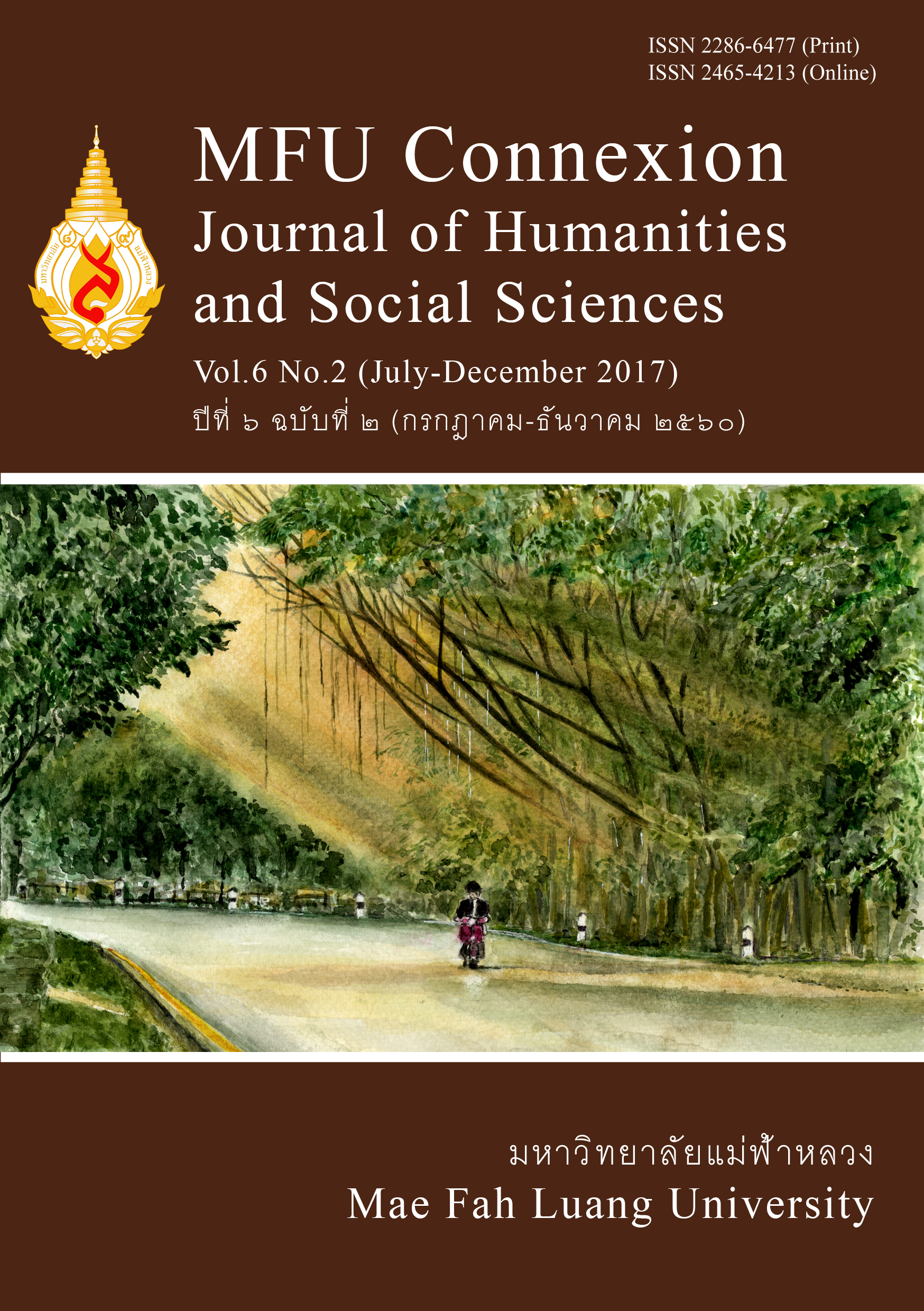Effect of an Operational Competency Development Model of Public Health Personnel in the Virtual Service Provider Office (VSPO) in Thailand
Main Article Content
Abstract
The main objective of this study was to develop the operational competency of public health personnel in the Virtual Service Provider Office (VSPO) in Thailand. The study was conducted in four stages: (1) study and review of situations, problems and guidelines for operational competency development; (2) creation and justification of the operational competency development model components by analysis and synthesis of data gathered from the first stage; (3) implementation and dissemination of results by training; and (4) evaluation by executives and practitioners.
The results of achievements after training showed that the knowledge of the practitioners who were trained at competency level 1 had improved from 75.00% to 88.35%. The knowledge of practitioners at level 2 increased from 82.50% to 87.50%. The achievement of skills by behavioral observation suggested that practitioners at level 1 had increased their skills from 50.30% to 75.00%, and practitioners at level 2 increased their skills from 60.50% to 79.50%. Evaluation of the productivity from group process and reports before and after the training program for 3 major elements found that SWOT analysis increased from 76.69% to 96.78%, determination strategies increased from 86.86% to 98.25%, and finally transformation strategies to action plan increased from 80.52% to 95.64%. And the public health personnel’s competency after the intervention was significantly higher than before at 0.01. 4) The level of satisfaction towards the competency development management was at a high level.
It can be confidently concluded that the competency development procedure outlined here in is suitable and can be applied successfully. The format developed by this work can be applied to other virtual offices to enhance their competitiveness and to further develop their human resources.
Article Details
Copyright
Connexion: Journal of Humanities and Social Sciences has an exclusive right to publish the accepted articles in any form. However, the author retains the following rights:
1. The right to the ownership of the article;
2. The right to use all or part of the article in his/her other works;
3. The right to re-produce the article for personal use or for use in the author’s organisation, in which case the author must obtain permission from Connexion: Journal of Humanities and Social Sciences;
4. The right to make copies of all or part of the work for educational use or for the author’s use in classroom teaching; and
5. The right to include the work (both the preprinted and printed versions) in an institutional repository.
References
Akaike, H. (1974) A new look at the statistical model identification, IEEE Transactions on Automatic Control, vol. 19, no. 6, pp. 716-723.
Barrett, P. (2007) Structural equation modeling: Adjudging model fit, Personality and Individual Differences, vol. 42, no. 5, pp. 815-824.
Byrne, B. M. (1998) Structural equation modeling with LISREL, PRELIS and SIMPLIS: Basic concepts, applications and programming, Mahwah, New Jersey: Lawrence Erlbaum Associates.
Boonda, P., et al. (2014) ‘Developing an appropriate virtual service provider Office Management Model for Service Plan in the Second Regional Health Service of Ministry of Public Health in Thailand’, in Proceedings of Second International Conference on Global Public Health 2014, pp. 54-59, 2014 Jul 3-4; Negombo, Sri lanka.
Boonda, P., et al. (2016) ‘Developing of training program factors to develop competency of Regional Operating Officer (ROO) in the Virtual Service Provider Office (VSPO) in Thailand’, in Proceedings of Sixth Asia-Pacific Conference on Public Health (APCPH); 2016 Aug 23-26; Bangkok, Thailand.
Diamantopoulos, A. & Siguaw, J. A. (2000) Introducing LISREL, London: Sage Publications.
Faucheux, C. (1997) How virtual organizing is transforming management science, Communication of the ACM, vol. 40, no. 9, pp. 50–55.
Giuliano, V. E. (1982) The mechanization of office work, Scientific American, vol. 247, pp. 149–164.
Hiltz, S. (1986) The virtual classroom: Using computer mediated communication for university teaching, Journal of Communication, vol. 36, pp. 95–104.
Miles, J. & Shevlin, M. (1998) Effects of sample size, model specification and factor loadings on the GFI in confirmatory factor analysis, Personality and Individual Differences, vol. 25, pp. 85-90.
Hu, L. T. & Bentler, P. M. (1999) Cutoff criteria for fit indexes in covariance structure analysis: Conventional criteria versus new alternatives, Structural Equation Modeling, vol. 6, no. 1, pp. 1-55.
Kim, J.-O., & Mueller, C. W. (1978) Introduction to factor analysis: What it is and how to do it, Beverly Hills, CA: Sage Publications.
Malone, M. & Davidow, W. (1992) Virtual corporation, Forbes, vol. 150, pp. 102–107.
Olson, M. H. (1983) Remote office work: Changing work patterns in space and time, Communications of the ACM, vol. 26, no. 3, pp. 182–187.
Steiger, J. H. (2007) Understanding the limitations of global fit assessment in structural equation modeling, Personality and Individual Differences, vol. 42, no. 5, pp. 893-898.
Tabachnick, B. G. & Fidell, L. S. (2007) Using multivariate statistics, 5th edition, New York: Allyn and Bacon.
Travica, B. (1997) ‘The design of the virtual organization: A research model’, in Proceedings of the American Conference on Information Systems; 1997 August 15-17; Indianapolis: AIS 417-419.
Venkatesh, A. & Vitalari, N. (1992) An emerging distributed work arrangement: An investigation of computer-based supplemental work at home, Management Science, vol. 38, no. 12, pp. 1687–1706.
Wheaton, B., et al. (1977) Assessing reliability and stability in panel models, Sociological Methodology, vol. 8, no. 1, pp. 84-136.


